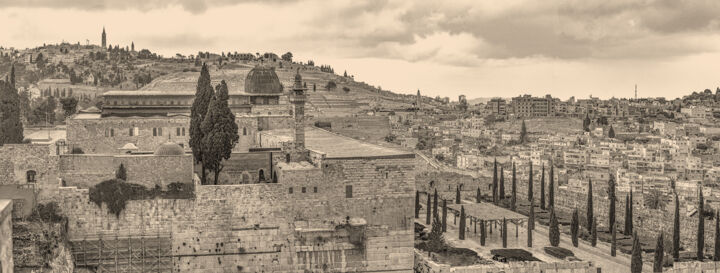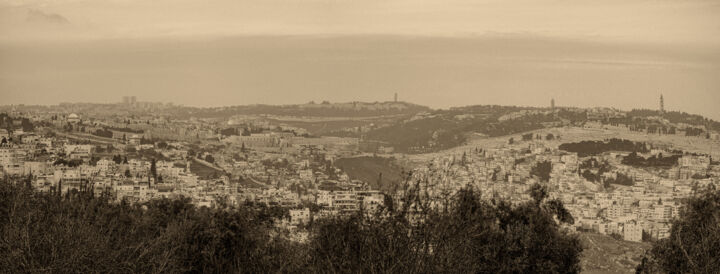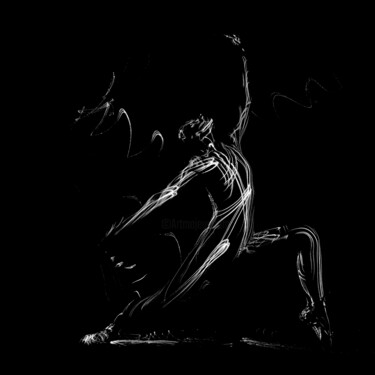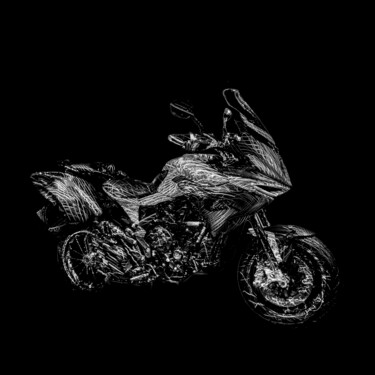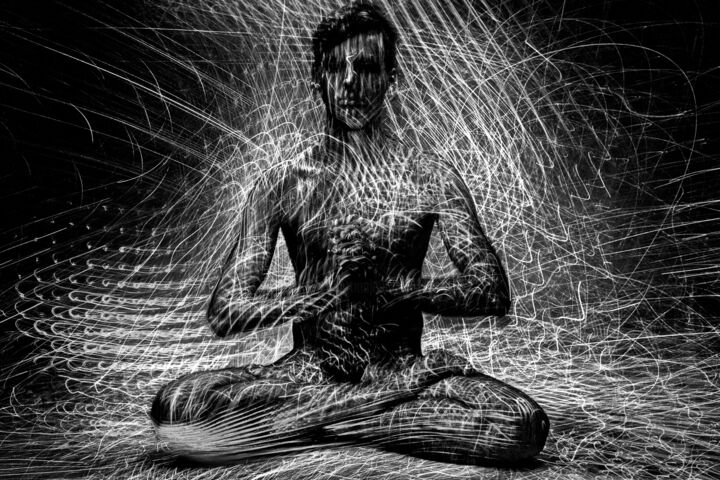Viktor Rybas (Victor Ribas)的所有作品
Panoramas • 2艺术品
查看全部Female • 9艺术品
查看全部Machines & Mechanisms • 5艺术品
查看全部Male nude • 4艺术品
查看全部
The male body in art is not merely an object of contemplation but a powerful tool for exploring human [...]
The male body in art is not merely an object of contemplation but a powerful tool for exploring human nature and social issues. In antiquity and the Renaissance, the nude male form symbolized ideals of beauty, harmony, and strength, embodying the unity of physical and spiritual perfection. Sculptures and paintings of those eras sought to convey not only external form but also the inner essence of humanity.
Today, the tradition of the male nude continues to evolve in contemporary art, where nudity serves not only as an aesthetic phenomenon but also as a form of protest and challenge. Modern photographers and artists use the male body to highlight pressing social themes—gender stereotypes, questions of identity, vulnerability, and power. In this context, nudity becomes a means to attract audience attention, break taboos, and stimulate dialogue about contemporary societal issues.
A special place in the development of this genre is held by avant-garde artist Viktor Ribas, who developed a unique technique of photo-portraiture using laser beams. Unlike traditional photography, this method lacks the usual interplay of light and shadow. Instead, it produces a linear scanned image of the body's surface that activates the brain’s perception of volume without relying on light and shadow contrasts. This allows the male body to be perceived as a complex structure, freed from erotic connotations and the shame that often hinders the free appreciation of nudity.
This technique not only expands aesthetic horizons but also removes internal barriers, enabling each viewer to discover new qualities in the male body—philosophical, emotional, and cultural. The nude body ceases to be merely a source of contemplative pleasure; it becomes a mirror of society, a tool for expressing protest and rethinking traditional norms.
Thus, the male nude in contemporary art is not only a tribute to classical ideals but also a current language through which artists explore and transform social attitudes, promoting a culture of acceptance and understanding.
Today, the tradition of the male nude continues to evolve in contemporary art, where nudity serves not only as an aesthetic phenomenon but also as a form of protest and challenge. Modern photographers and artists use the male body to highlight pressing social themes—gender stereotypes, questions of identity, vulnerability, and power. In this context, nudity becomes a means to attract audience attention, break taboos, and stimulate dialogue about contemporary societal issues.
A special place in the development of this genre is held by avant-garde artist Viktor Ribas, who developed a unique technique of photo-portraiture using laser beams. Unlike traditional photography, this method lacks the usual interplay of light and shadow. Instead, it produces a linear scanned image of the body's surface that activates the brain’s perception of volume without relying on light and shadow contrasts. This allows the male body to be perceived as a complex structure, freed from erotic connotations and the shame that often hinders the free appreciation of nudity.
This technique not only expands aesthetic horizons but also removes internal barriers, enabling each viewer to discover new qualities in the male body—philosophical, emotional, and cultural. The nude body ceases to be merely a source of contemplative pleasure; it becomes a mirror of society, a tool for expressing protest and rethinking traditional norms.
Thus, the male nude in contemporary art is not only a tribute to classical ideals but also a current language through which artists explore and transform social attitudes, promoting a culture of acceptance and understanding.



